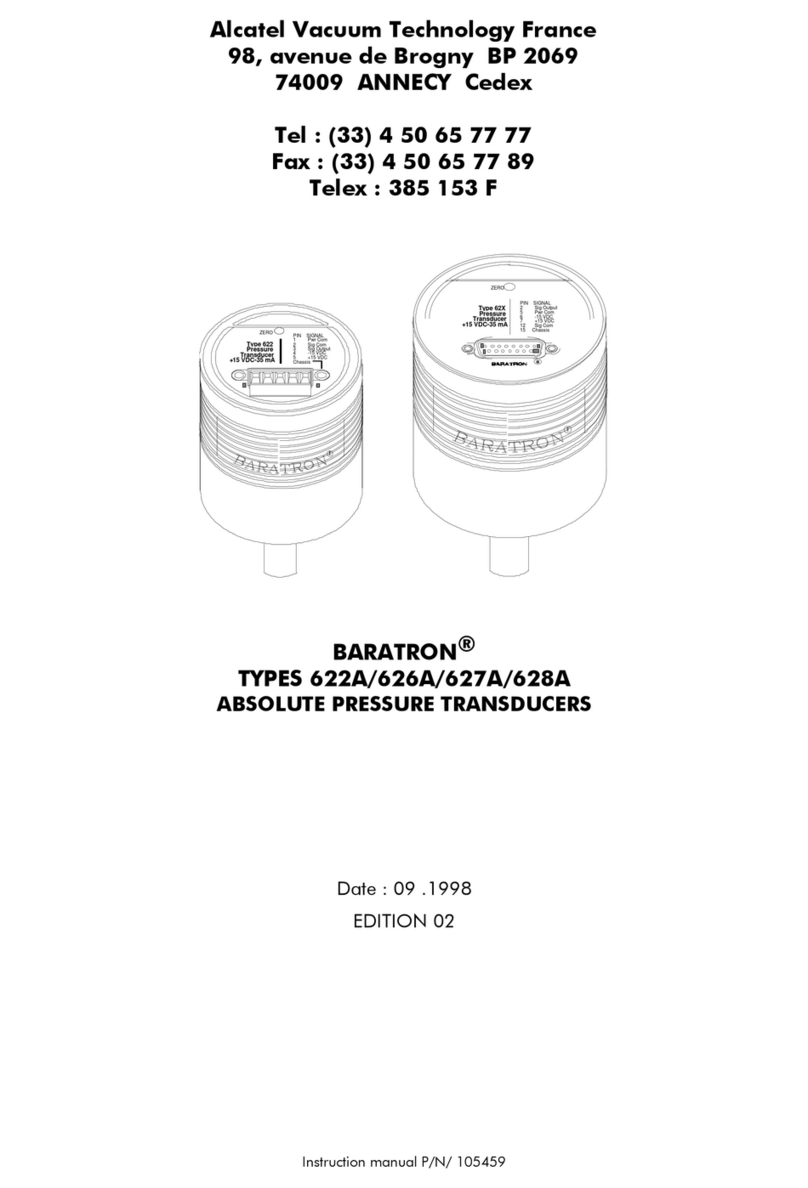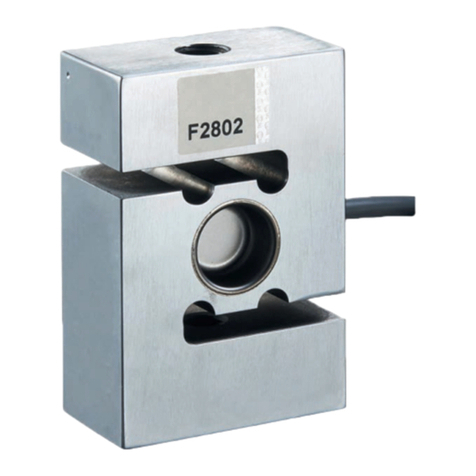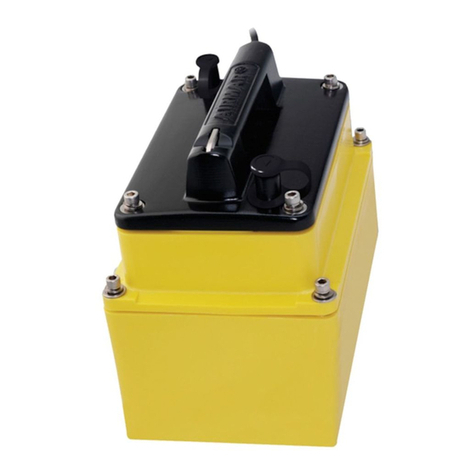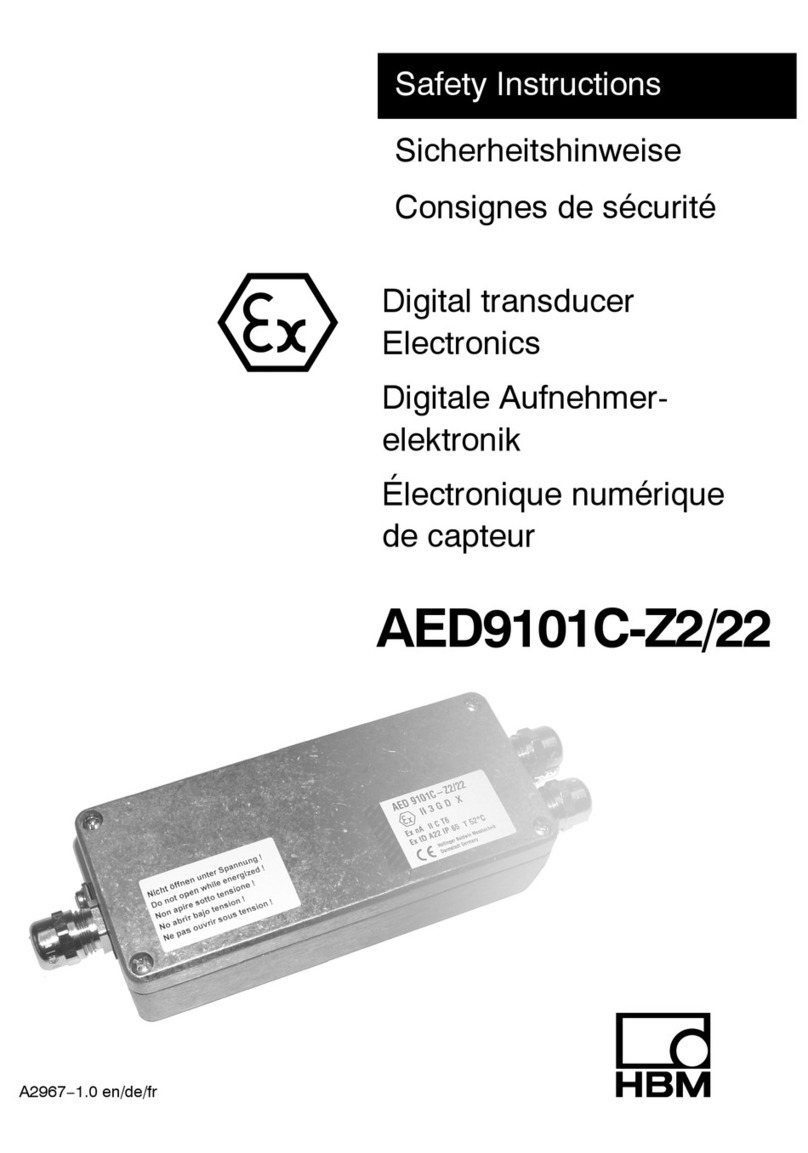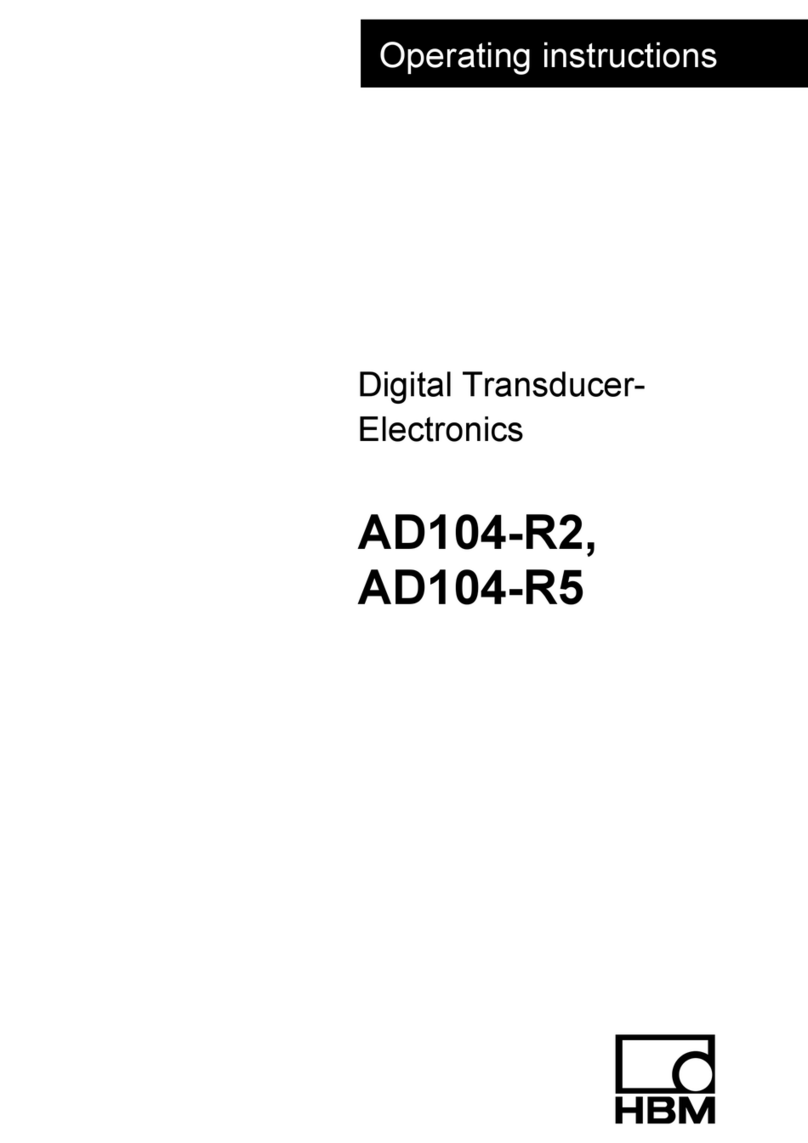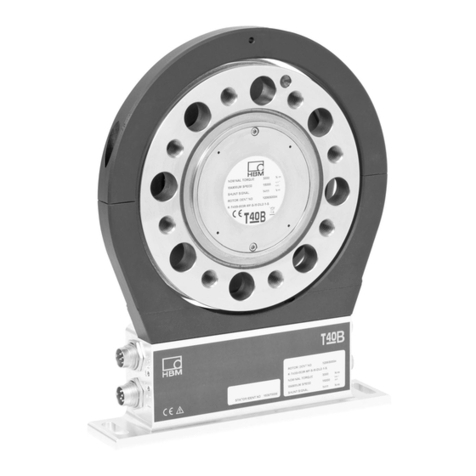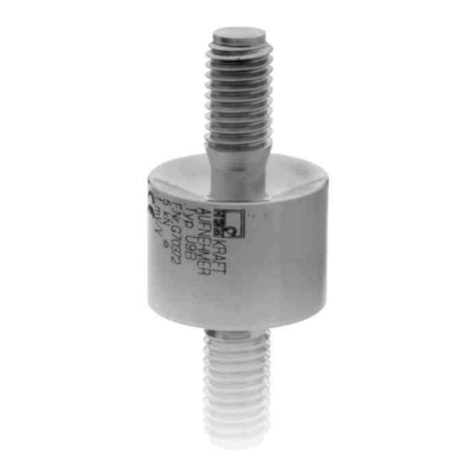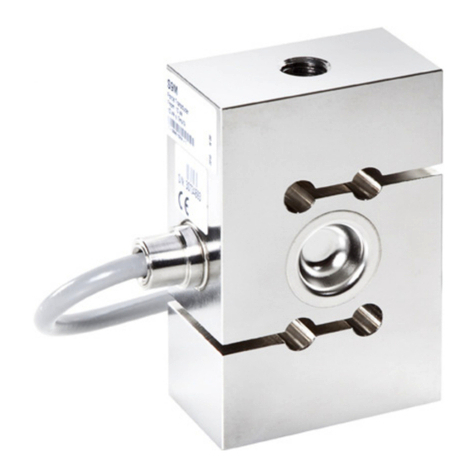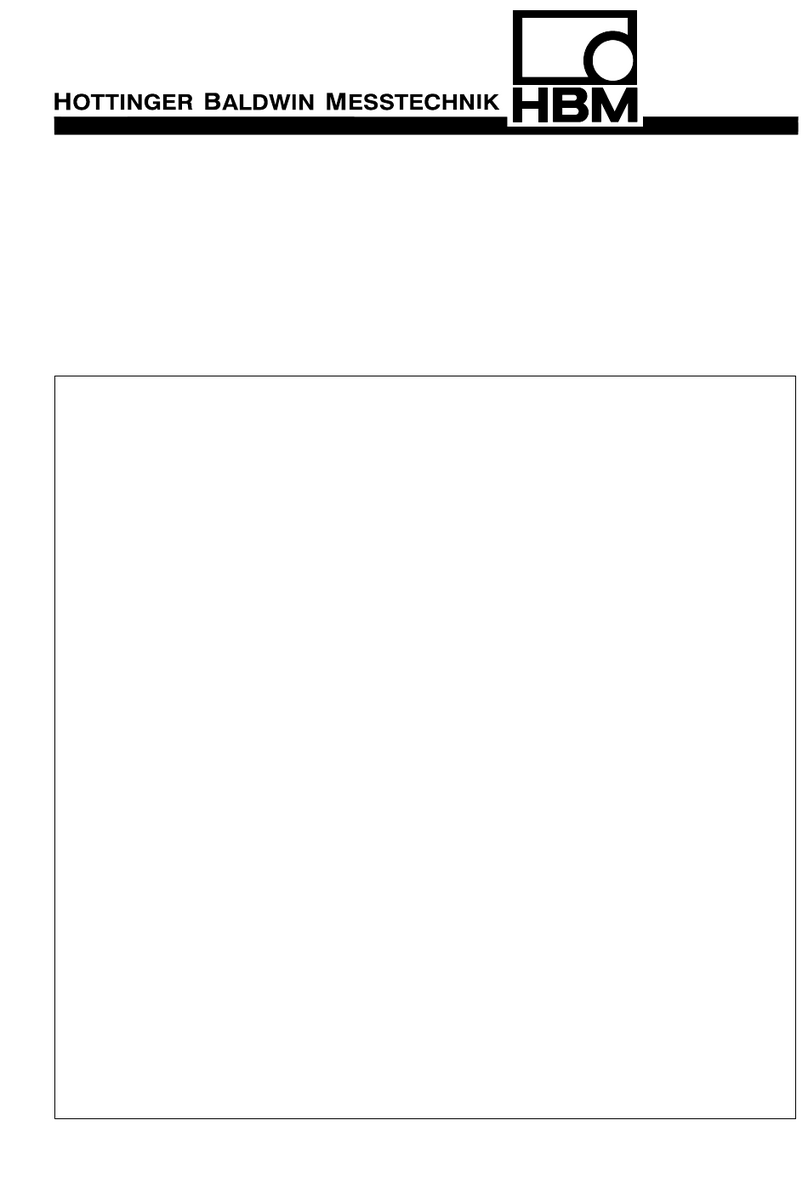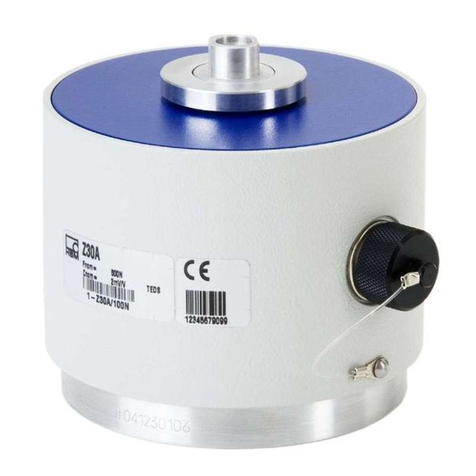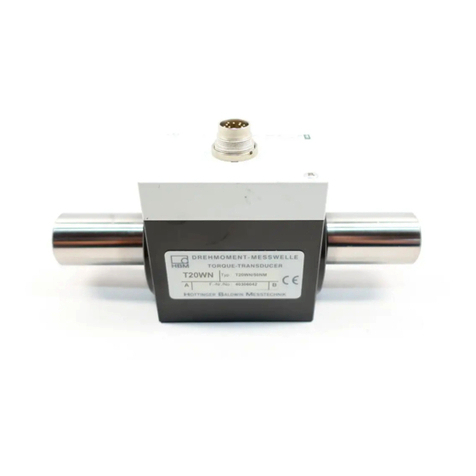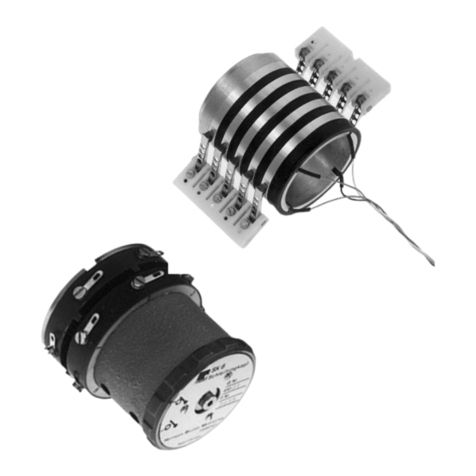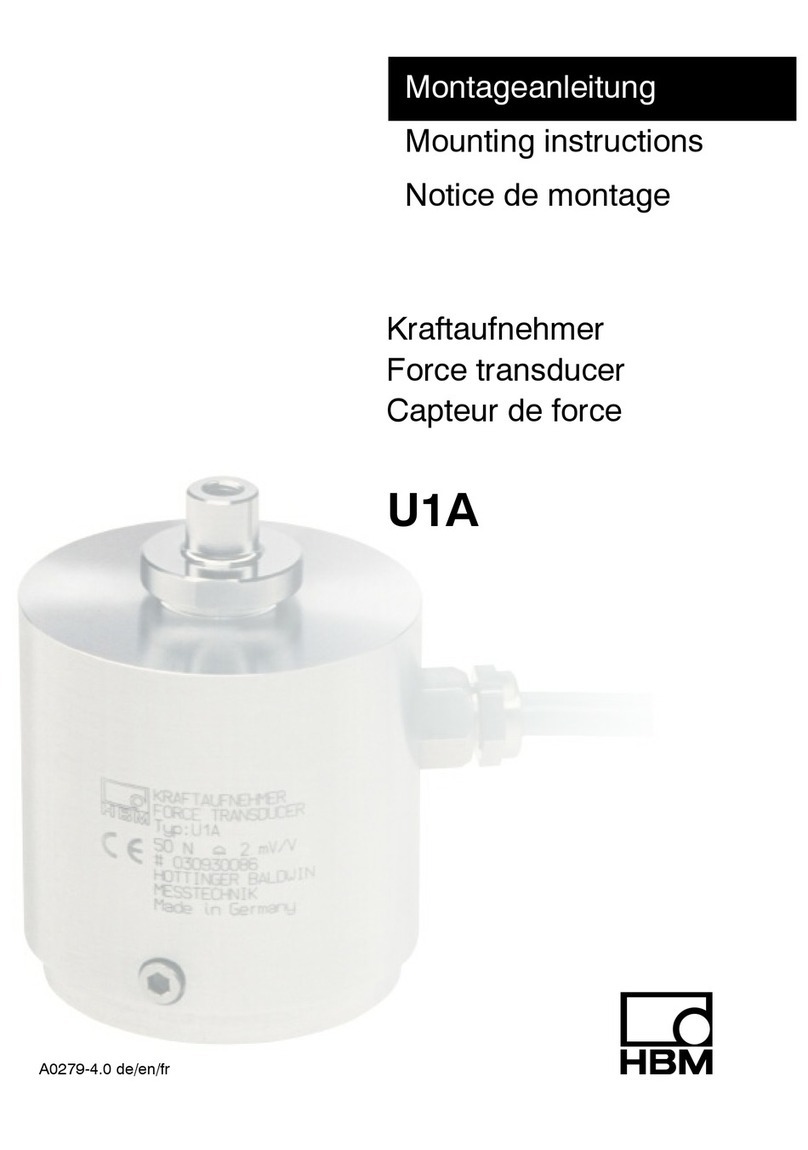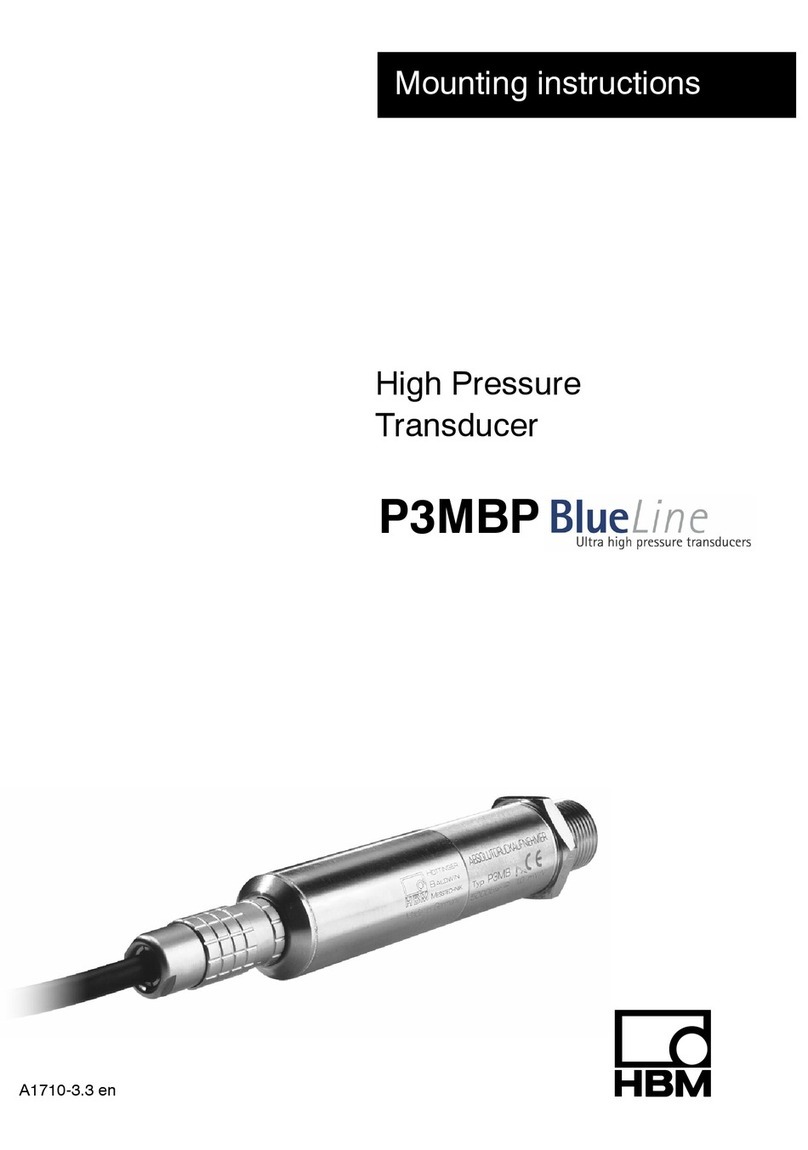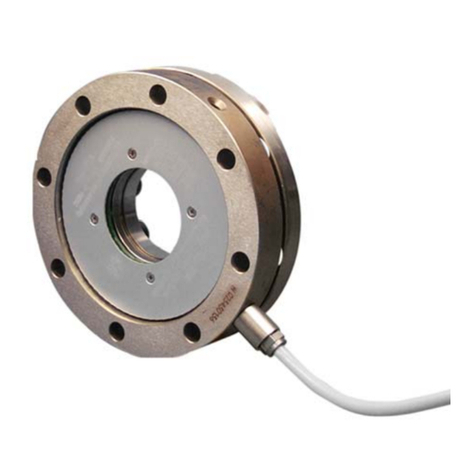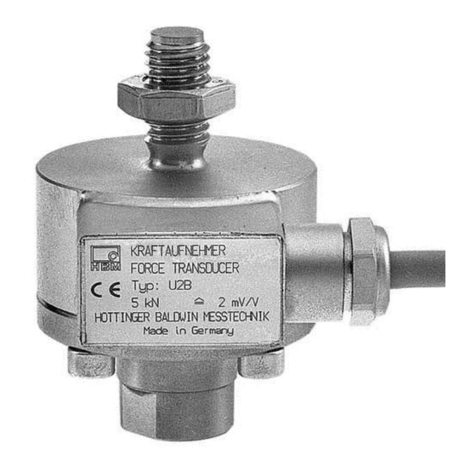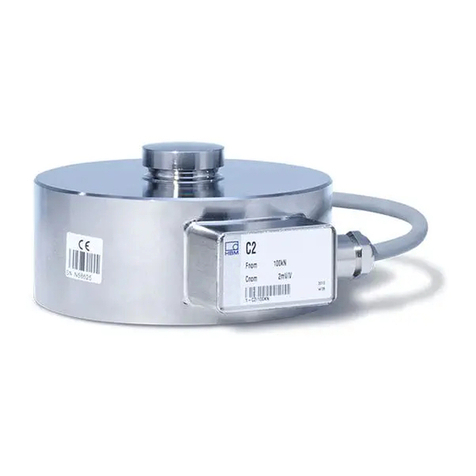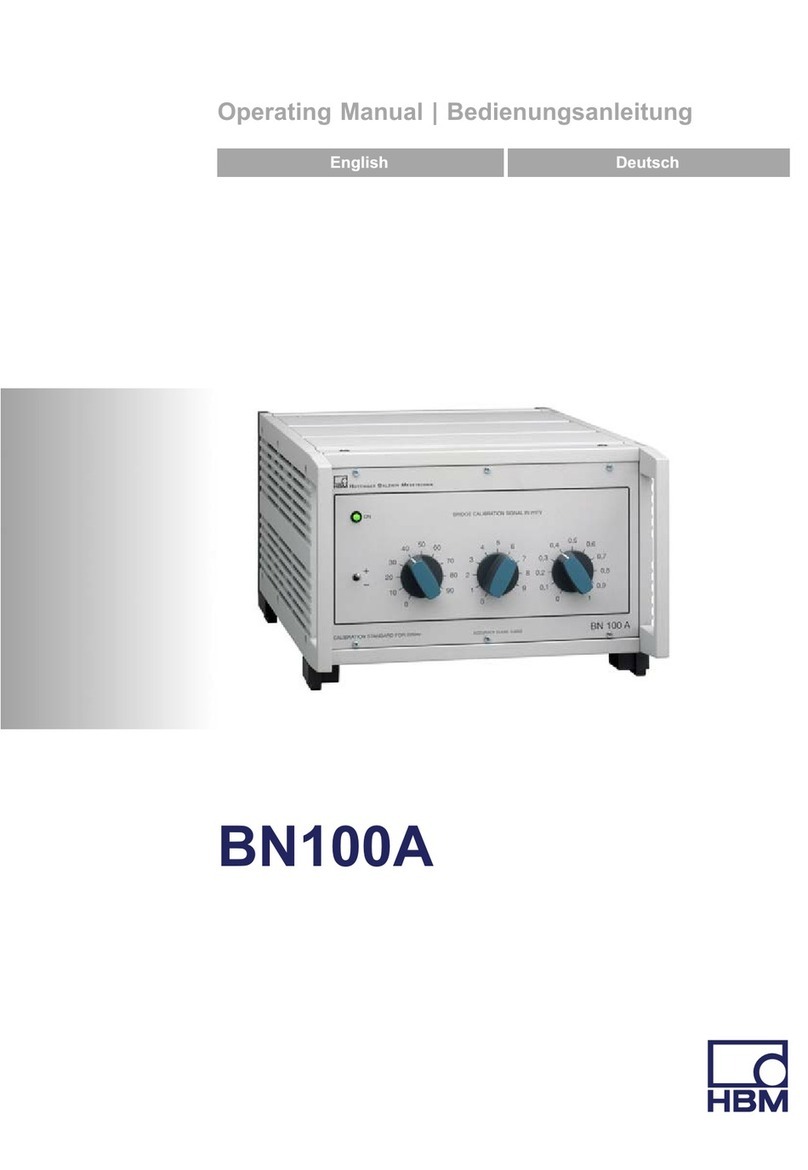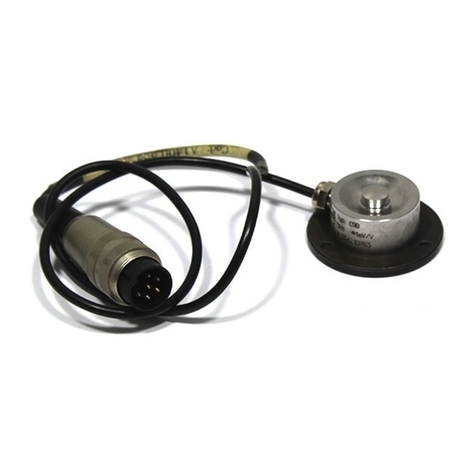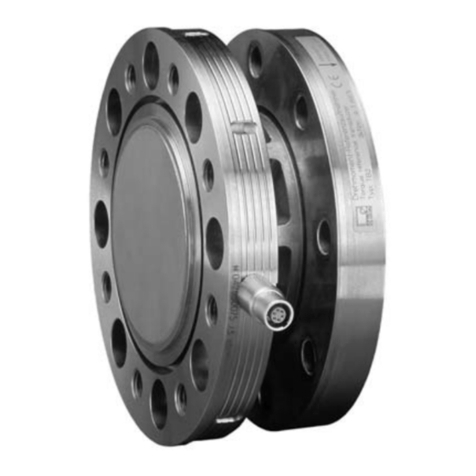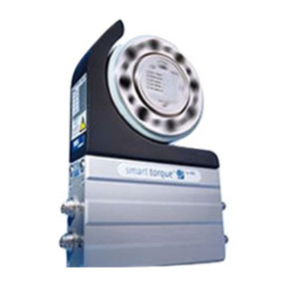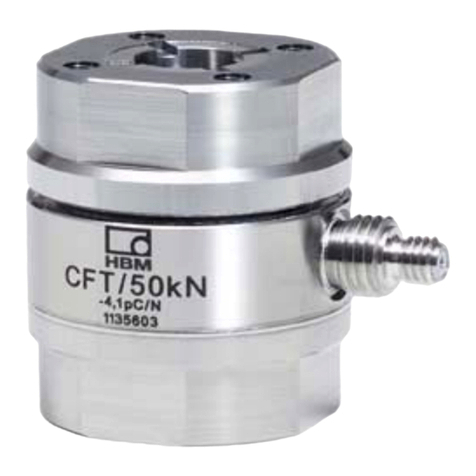HBM: Business Document
Use as a machine element
The torque flange can be used as a machine element. When used in this
manner, it must be noted that, to favor greater sensitivity, the transducer is not
designed with the safety factors usual in mechanical engineering. Please refer
here to the section “Loading capacity limits", and to the specifications.
Accident prevention
According to the prevailing accident prevention regulations, once the trans-
ducers have been mounted, a covering agent or cladding has to be fitted as
follows:
•The covering agent or cladding must not be free to rotate.
•The covering agent or cladding should prevent squeezing or shearing and
provide protection against parts that might come loose.
•Covering agents and cladding must be positioned at a suitable distance or
be so arranged that there is no access to any moving parts within.
•Covering agents and cladding must still be attached even if the moving
parts of the torque flange are installed outside people's movement and
working range.
The only permitted exceptions to the above requirements are if the torque
flange is already fully protected by the design of the machine or by existing
safety precautions.
Additional safety precautions
The torque flange cannot (as a passive transducer) implement any (safety‐rel
evant) cutoffs. This requires additional components and constructive meas-
ures for which the installer and operator of the plant is responsible. The layout
of the electronics conditioning the measurement signal should be such that
measurement signal failure does not cause damage.
The scope of supply and performance of the transducer covers only a small
area of torque measurement technology. In addition, equipment planners,
installers and operators should plan, implement and respond to safety engin-
eering considerations in such a way as to minimize residual dangers. Pertin-
ent national and local regulations must be complied with.
General dangers of failing to follow the safety instructions
The torque flange corresponds to the state of the art and is failsafe. Trans-
ducers can give rise to residual dangers if they are incorrectly operated or
inappropriately mounted, installed and operated by untrained personnel.
Every person involved with siting, starting‐up, operating or repairing a torque
flange must have read and understood the mounting instructions and in
particular the technical safety instructions. The transducers can be damaged or
destroyed by non-designated use of the transducer or by non-compliance with
the mounting and operating instructions, these safety instructions or any other



